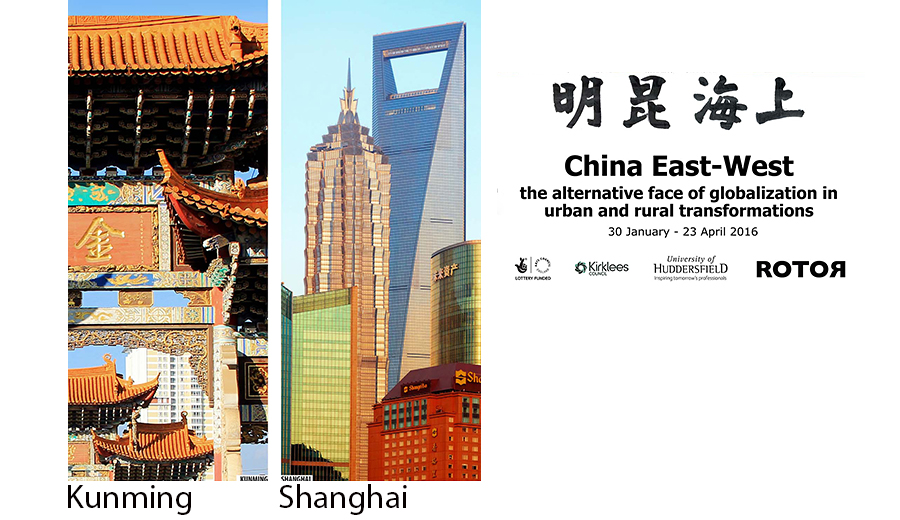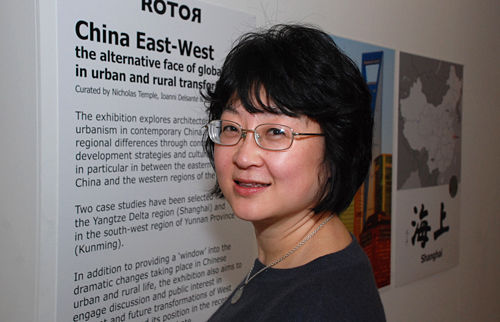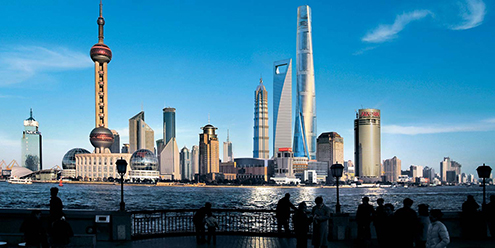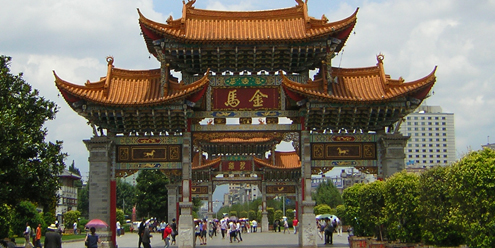China’s East-West divide shows way for UK’s North-South split

Mon, 15 Feb 2016 13:39:00 GMT
Lessons to be learnt from China could pave the way for the UK’s ‘Northern Powerhouse’
 WHAT can England’s ‘Northern Powerhouse’ learn from China’s East-West divide? A new exhibition devised by architecture and urban planning experts at the University of Huddersfield looks for lessons from the Chinese experience.
WHAT can England’s ‘Northern Powerhouse’ learn from China’s East-West divide? A new exhibition devised by architecture and urban planning experts at the University of Huddersfield looks for lessons from the Chinese experience.
By illustrating the different character and pace of development in ultra-modern Shanghai in the east, and the less-developed, more traditional Kunming in the west of China, the exhibition draws parallels with the North-South divide between the mega-city of London – a massive “economic magnet” – and regions such as West Yorkshire.
Entitled China East-West: The Alternative Face of Globalisation in Urban and Rural Transformation, the exhibition runs at Huddersfield Art Gallery until 23 April. It is the latest product of a partnership between the gallery and the University and its opening was timed to coincide with an international conference, Regional Urbanism in the Era of Globalisation, organised by the University’s Centre for Urban Design, Architecture and Sustainability (CUDAS).
The new exhibition was curated by three members of CUDAS – Professor Nicholas Temple, Dr Ioanni Delsante and Senior Lecturer in Architecture Dr Yun Gao (pictured), who is a native of Kunming. This has helped to develop research links and student exchanges with the Kunming University of Science and Technology, Yunnan Arts University, the Provincial Planning Department and Tongji University of Shanghai.
 ◄ Shanghai
◄ Shanghai
Chinese Government policy has accelerated the development of Shanghai into a global metropolis, said Dr Gao, but Kunming has developed on different lines and is an example of a distinct regional urbanism, which has become an important focus for study and research at the University of Huddersfield’s School of Art, Design and Architecture.
“The climate in Kunming is very mild and the pace of life is slightly slower and it is felt they should retain these qualities rather than follow the same route as Shanghai,” said Dr Gao, drawing parallels with the UK.
“In China, we don’t need to model regional cities on the big metropolises, such as Shanghai, as is increasingly the case in the UK where London has become the only viable example of a financially-successful and dynamic city.”
 ► Kunming
► Kunming
This point was made clear in one of the keynote presentations at the University of Huddersfield conference on regional urbanism that coincided with the exhibition. John Tomaney, who is Professor of Urban and Regional Planning at University College London, explained how future planned expansion of Manchester, which forms the central platform for the so-called ‘Northern Powerhouse’ initiative, is being directly compared to recent developments in London.
A master plan for Kunming has stressed the importance of retaining the historic heart of the city – which can trace its origins to 765 BC – and there is emphasis on sustainable environment and increasing the number of green areas. Meanwhile, Shanghai has been characterised by massive urban redevelopment and the modern city is a forest of high-rise buildings, with international architects and planners heavily involved.
The Huddersfield Art Gallery exhibition explores these contrasting forms of urban development, with photographs, video interviews and scale models, including two created by University of Huddersfield architecture students when they visited Kunming in 2014.
The exhibition’s stated aim is to explore “the changing face of regional urbanism, asking if the environmental, economic and social challenges facing many parts of the world will provide opportunities for regional cities and towns in the North of England to develop alternative forms of urban living, which are fundamentally different from those of the rapidly expanding metropolises”.







